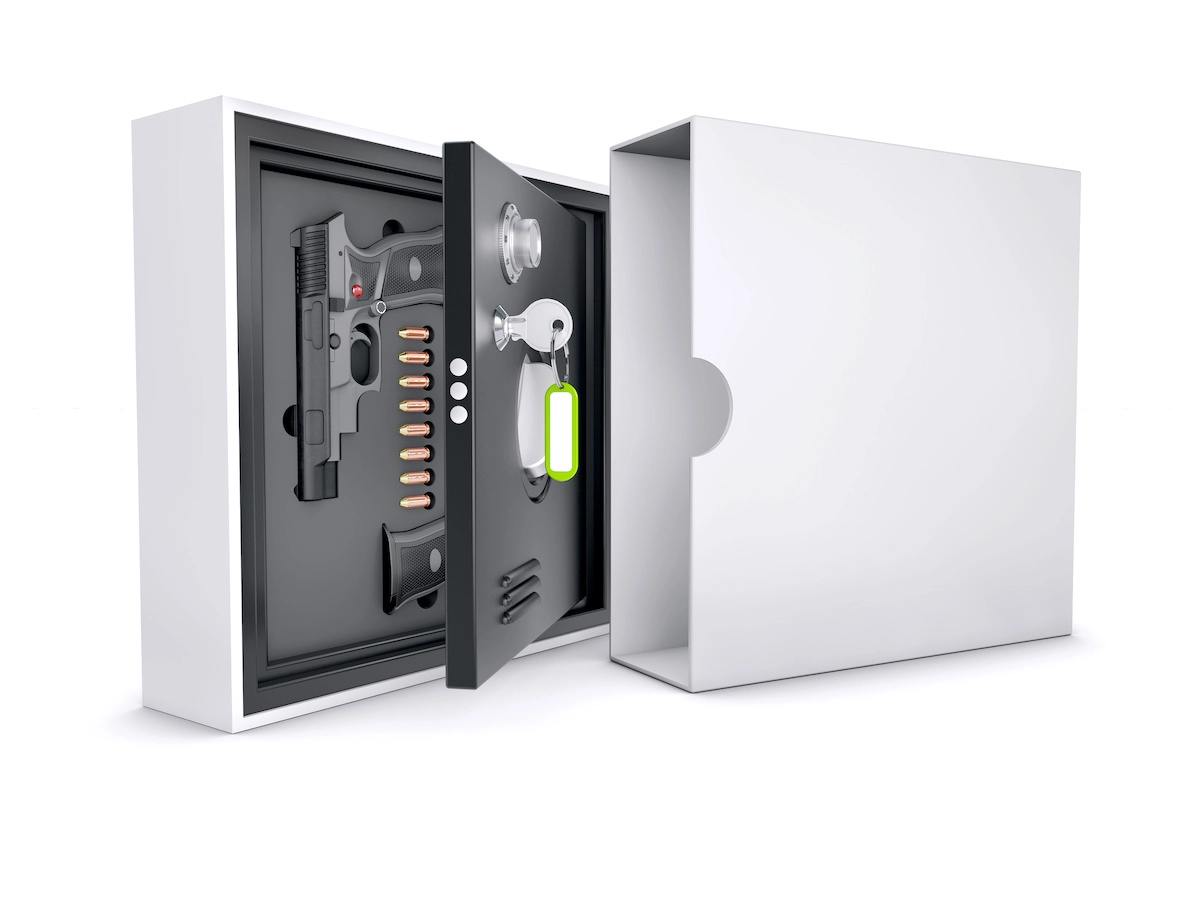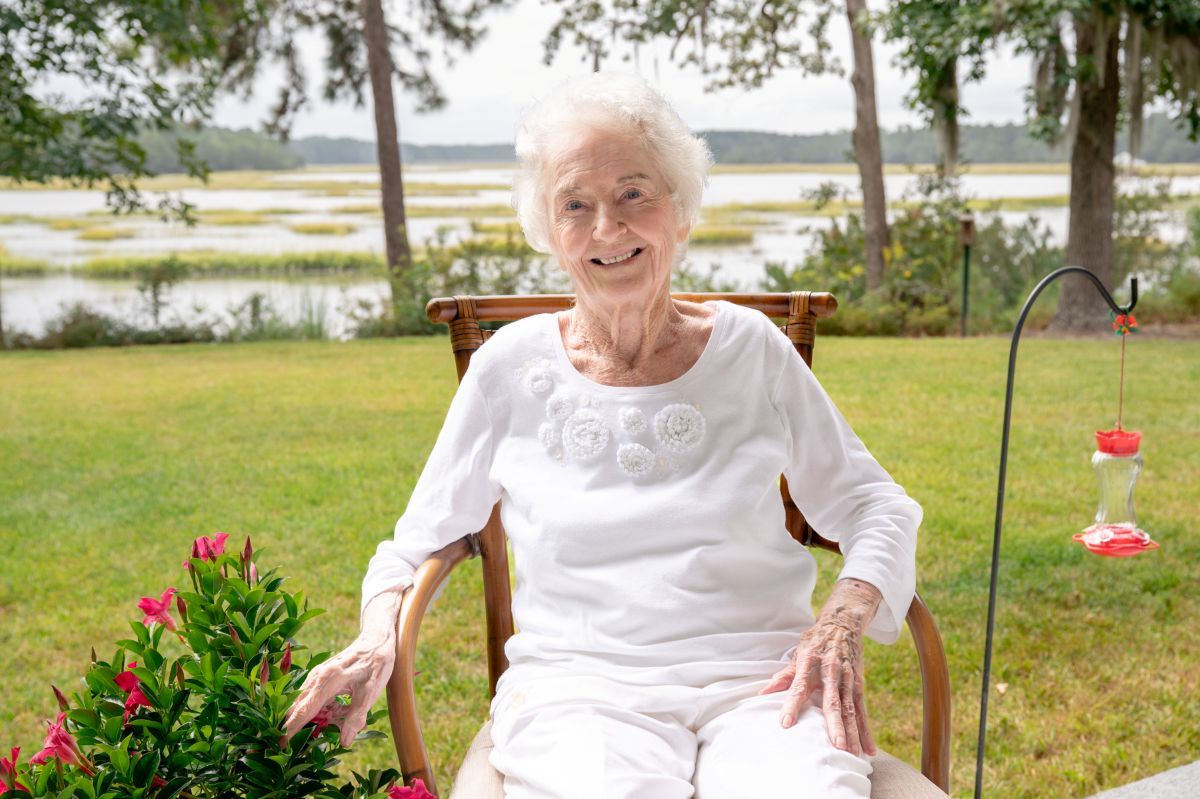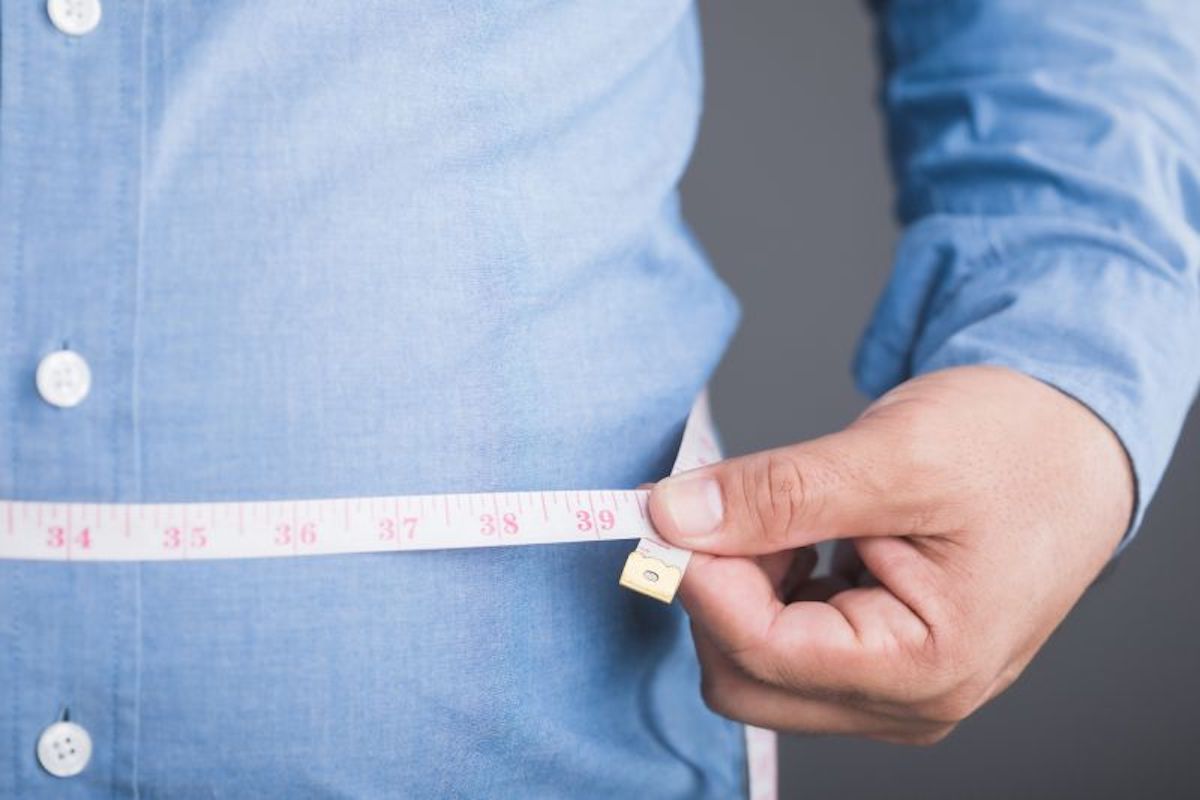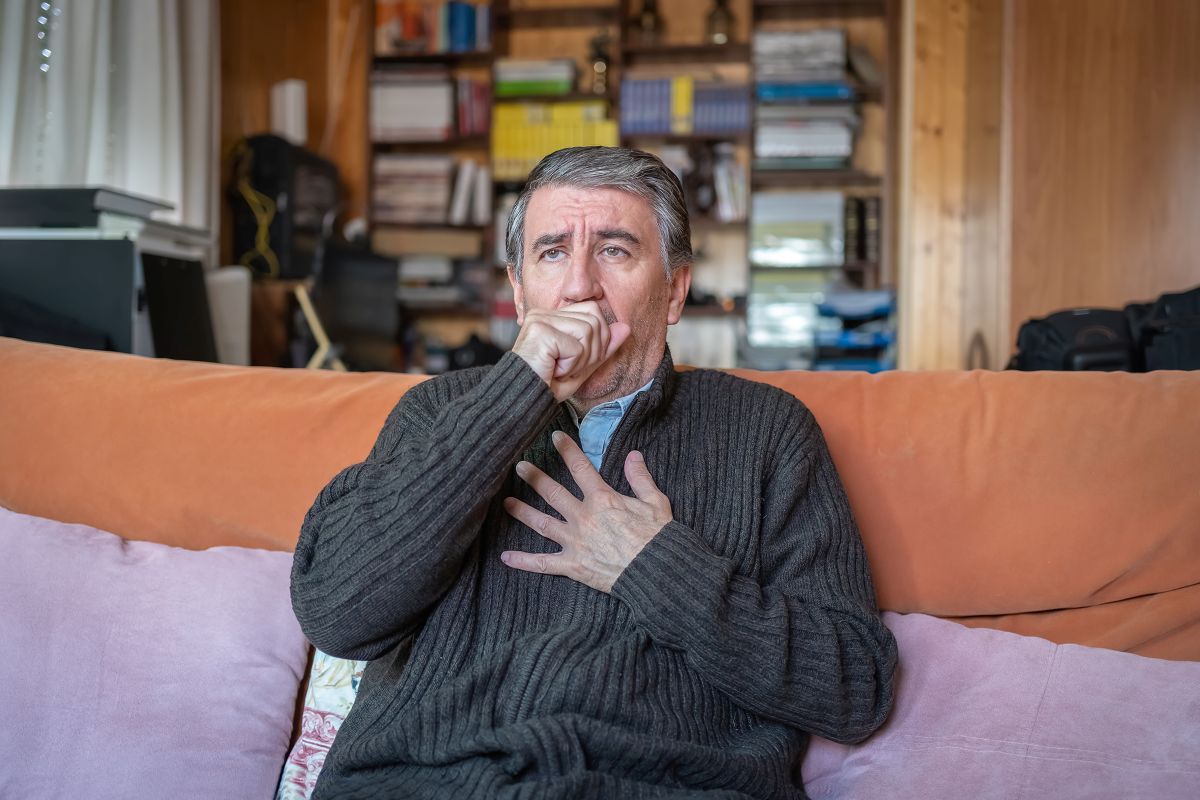
It is estimated that 40% of all homes in the U.S. have some type of firearm. Access to firearms in the home increases the risk of unintentional firearm-related death and injury among children. Unintentional shootings cause a significant portion of all firearm-related deaths among children ages 14 and under.
An underestimation of children’s ability to gain access to a firearm in the home is a common problem. Unlike adults, children are unable to distinguish between a real gun and toy guns. Also, children are not able to make good judgments about how to safely handle a gun.
To keep your child safe from firearms, consider whether it is worth the risk to your child to keep a firearm in your home. If you do choose to keep a firearm, safely store the firearm locked up and out of reach. Keep ammunition in a separate, locked place from the actual firearm. Also, by talking with your child about the dangers of firearms, you can teach your child to never touch or play with guns, and to tell an adult if he or she finds a gun.
What are high-risk situations with firearms? Awareness of situations that can increase your child’s risk of exposure to unintentional firearms injuries may help prevent them. High-risk situations include the following:
- Accessible firearms in the home. Parents often underestimate their child’s ability to gain access to the firearm in the house, or even the child’s ability to pull the trigger.
- Accessible firearms at another home. Even if your home does not contain a firearm, your neighbor, friend, or relative may have an accessible firearm in the house.
- Adolescent boys. The majority of children killed accidentally with firearms are boys. The American Academy of Pediatrics (AAP) considers homes with adolescent boys at a higher risk for accidental injury and death from firearms.
- Ammunition and firearms stored together. When a firearm is locked away with ammunition, or left loaded, it greatly increases the risk of accidental injury and death from firearms. It is estimated that between one-third and one-half of all firearm owners keep their firearms loaded and ready for use at least some of the time.
- Lack of supervision. Most accidental firearm shootings among children happen during times when children are not supervised, such as during the late afternoon, on weekends, and during summer months.
- High-risk homes. According to the AAP, homes that can increase the risk of accidental injury and death from firearms include homes where there are alcohol or drug-addicted individuals.
What is firearm safety? The only sure way to keep your child safe from accidental injury and death from firearms in your home is to remove all firearms from the home. Yet, there are other ways to improve the safety of your child around firearms, including the following:
- Proper storage. Firearms should always be stored unloaded and separate from ammunition. The firearm and ammunition should both be locked away and out of reach of children.
- Educate your child. Teaching your child the dangers of guns may help prevent accidental injury and death from firearms. A parent should teach a child if he or she sees a firearm, to:
— Not touch the firearm
— Leave the area
— Tell an adult immediately - Check with neighbors. Even if your own home is free of firearms, your child may visit another home where firearms are kept. Always check with neighbors, friends, and relatives to make sure they safely store their firearms, out of reach of children.
- Other safety devices. Safety devices, such as gun locks, lock boxes, and gun safes, should be used for every firearm in the house. Safety devices on firearms could prevent most accidental fatal shootings of children ages 5 and under.
Source: https://www.hopkinsmedicine.org/health/wellness-and-prevention/firearms-safety












